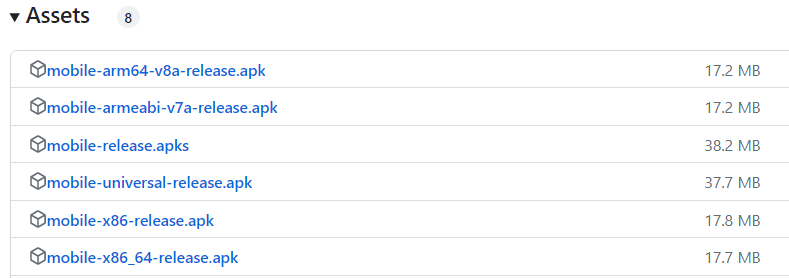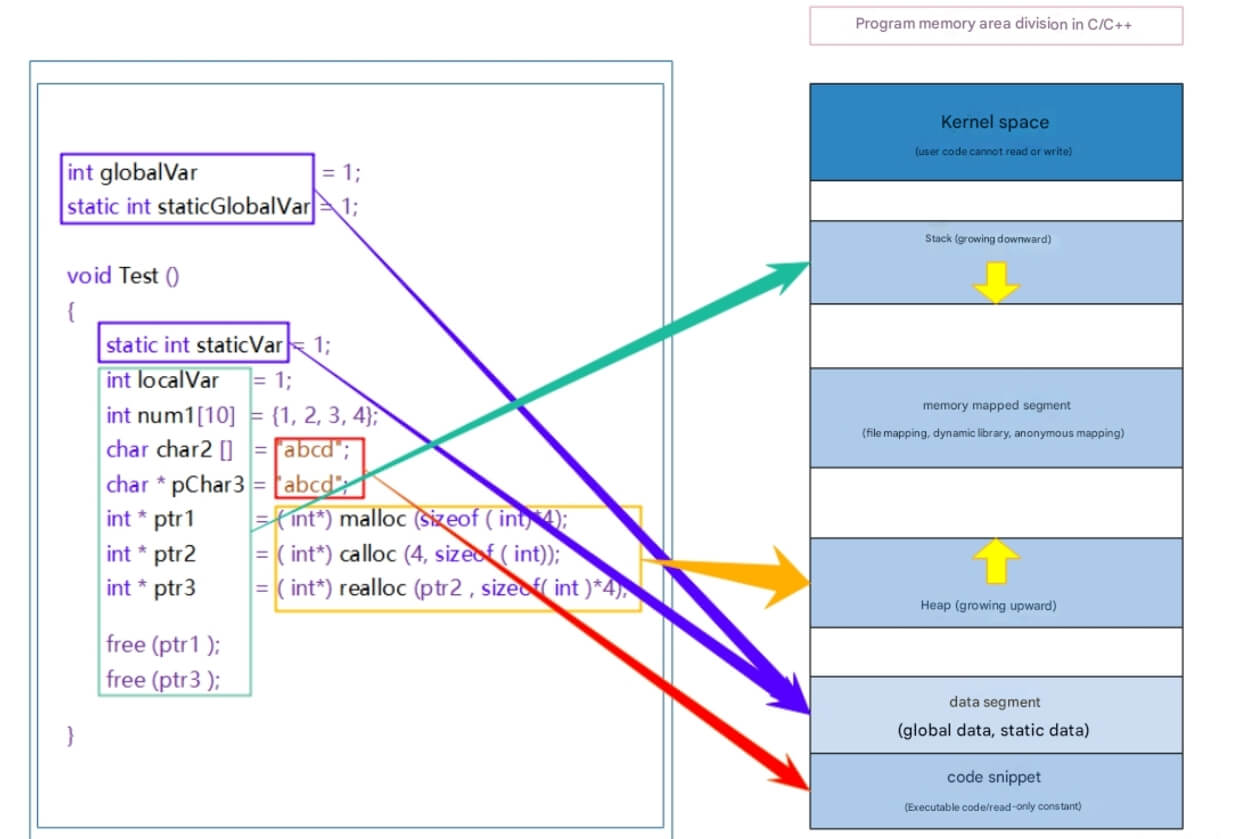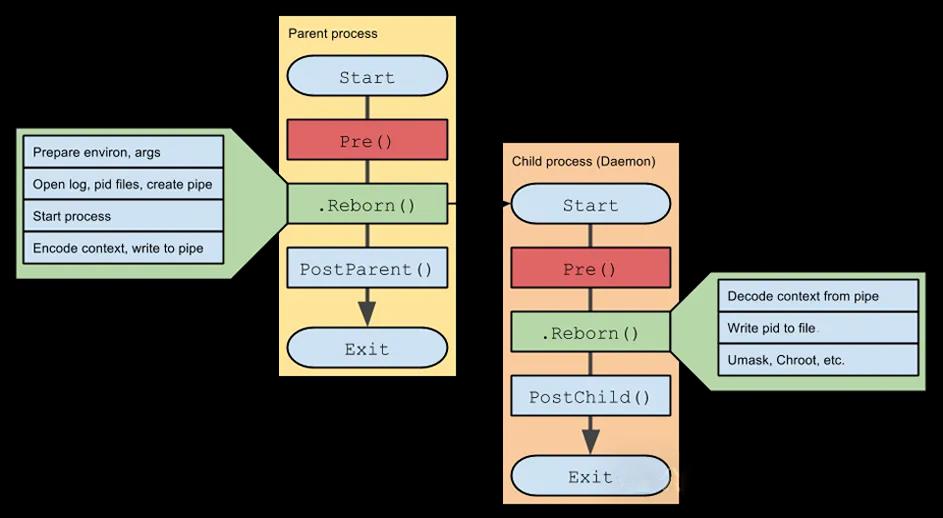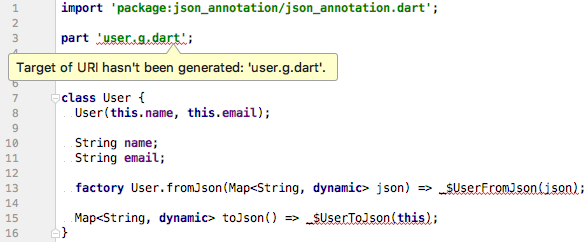Discover 8 essential performance optimization techniques for Go programming. Learn how to use Goroutines efficiently, reduce memory allocations, optimize string operations, and more to boost the performance of your Go applications.
Go's Goroutines make concurrent programming incredibly simple, but creating too many Goroutines can lead to performance issues. Although each Goroutine has a small stack size, tens of thousands of Goroutines can still consume a significant amount of memory.
Go (Golang) is famous for its simplicity, efficiency, and concurrency support. However, writing high-performance Go code is not easy; it requires constant practice, experimentation, and learning from experience. In this article, I will share eight performance optimization tips that I have learned from my own mistakes and experiences in Go development. I hope these tips will help you improve your Go coding performance.
1. Use Goroutines Wisely
Go’s Goroutines make concurrent programming very simple, but creating too many Goroutines can cause performance issues. Although each Goroutine’s stack size is small, thousands of Goroutines can still consume a large amount of memory.
Not recommended:
for _, item := range items {
go process(item)
}Recommended: Use a Worker Pool
func worker(id int, jobs <-chan Item, results chan<- Result) {
for item := range jobs {
results <- process(item)
}
}
const numWorkers = 10
jobs := make(chan Item, len(items))
results := make(chan Result, len(items))
for w := 1; w <= numWorkers; w++ {
go worker(w, jobs, results)
}
for _, item := range items {
jobs <- item
}
close(jobs)
for i := 0; i < len(items); i++ {
result := <-results
// Process result
}When I switched to the worker pool model, the stability and efficiency of the application improved significantly.
Tip: Using buffered channels can prevent Goroutines from blocking when sending data.
2. Avoid Unnecessary Memory Allocations
Memory allocation is an expensive operation, especially when allocating memory frequently inside loops. Reusing memory can significantly improve performance.
Not recommended:
for i := 0; i < 1_000_000; i++ {
data := make([]byte, 1024)
// Use data
}Recommended: Reuse Buffers
data := make([]byte, 1024)
for i := 0; i < 1_000_000; i++ {
// Reset data as needed
// Use data
}In one project, I significantly reduced the garbage collector's workload by reusing buffers, which lowered latency.
3. Use Performance Profiling Tools to Identify Bottlenecks
Go provides built-in performance profiling tools like pprof to identify performance bottlenecks in your code.
Example:
import (
"net/http"
_ "net/http/pprof"
)
func main() {
go func() {
log.Println(http.ListenAndServe("localhost:6060", nil))
}()
// Your code
}Then, run the following command:
go tool pprof http://localhost:6060/debug/pprof/profile
By using performance profiling, I discovered that a specific function was consuming more CPU than expected, and after optimization, overall performance improved.
Tip: Don’t guess the performance bottlenecks based on intuition; use tools to measure them.
4. Reduce the Impact of Garbage Collection
Go's garbage collector (GC) may pause the application, and frequent memory allocations can increase GC’s workload. By reusing objects, you can effectively reduce GC overhead.
Use sync.Pool to reuse objects:
var bufPool = sync.Pool{
New: func() interface{} {
return new(bytes.Buffer)
},
}
buf := bufPool.Get().(*bytes.Buffer)
buf.Reset()
// Use buf
bufPool.Put(buf)In a service, I significantly reduced GC pause time by reusing frequently allocated objects using sync.Pool.
5. Optimize String Operations
Strings in Go are immutable byte slices, and frequently concatenating strings in loops can lead to significant memory allocation and copying.
Not recommended:
var result string
for _, s := range strings {
result += s
}Recommended: Use strings.Builder
var builder strings.Builder
for _, s := range strings {
builder.WriteString(s)
}
result := builder.String()After switching to strings.Builder, I noticed a significant speed improvement in text processing tasks.
6. Use Appropriate Data Structures
Choosing the right data structure has a major impact on performance. For fast lookups, you can use a map.
Example: Using a map for fast lookups
itemsMap := make(map[string]Item)
for _, item := range items {
itemsMap[item.ID] = item
}
if item, exists := itemsMap["desired_id"]; exists {
// Use item
}In one scenario, I replaced a slice with a map, and the lookup time dropped from linear complexity to constant time.
7. Reduce Mutex Contention
When using Mutex for synchronization, high contention can significantly degrade performance.
Not recommended: Using a Mutex
var mu sync.Mutex
var counter int
func increment() {
mu.Lock()
defer mu.Unlock()
counter++
}Recommended: Use Atomic Operations
var counter int64
func increment() {
atomic.AddInt64(&counter, 1)
}In a high-concurrency program, switching to atomic operations resulted in a significant performance boost.
8. Be Cautious with defer in Hot Code Paths
While defer is convenient, it can introduce overhead in performance-critical code paths.
Not recommended:
func process() {
start := time.Now()
defer func() {
fmt.Println("Elapsed time:", time.Since(start))
}()
// Processing code
}Recommended: Manual Management
func process() {
start := time.Now()
// Processing code
fmt.Println("Elapsed time:", time.Since(start))
}In a tight loop, removing defer resulted in a noticeable performance improvement.
Note: This doesn’t mean you should completely avoid defer, but be cautious in performance-sensitive code paths.







